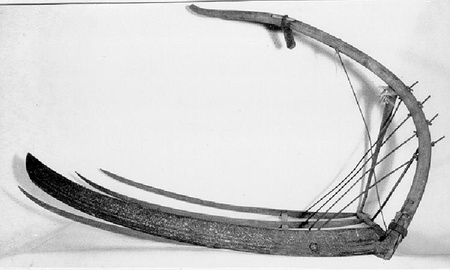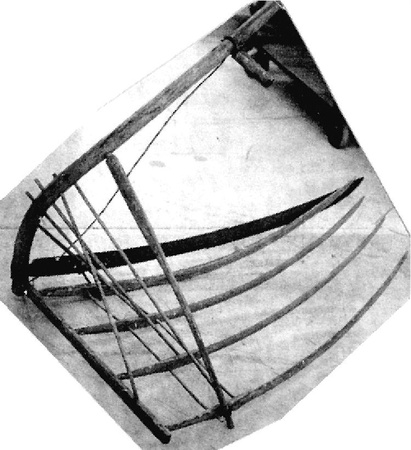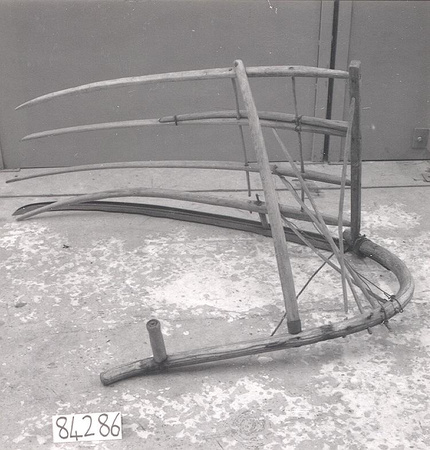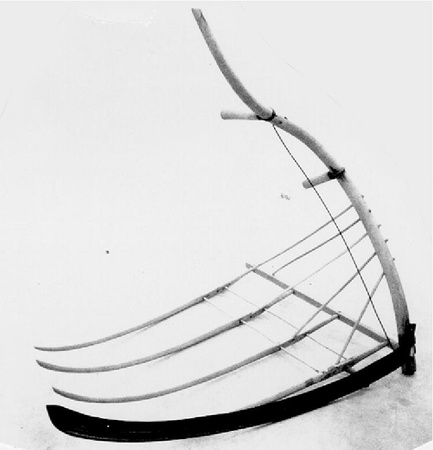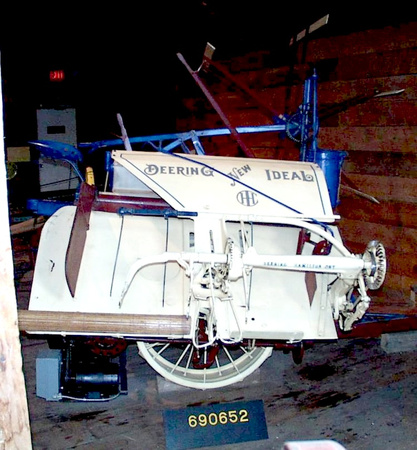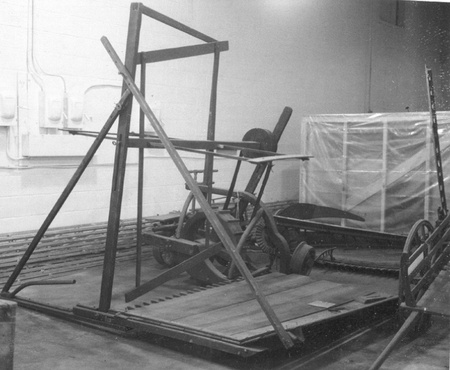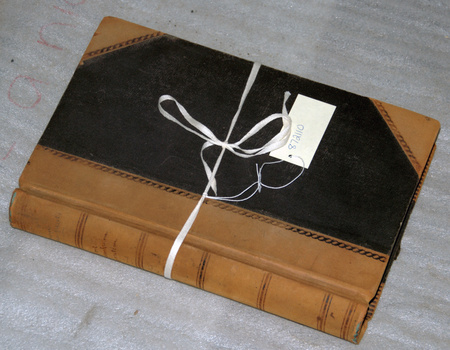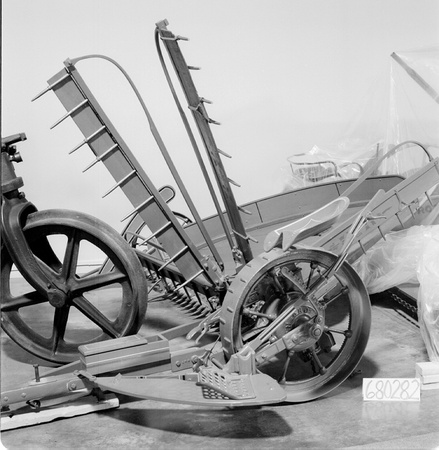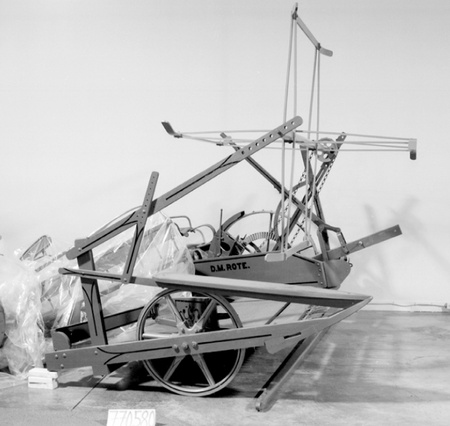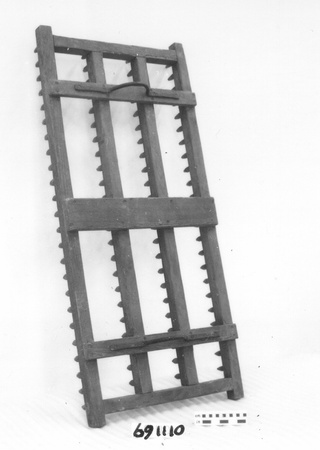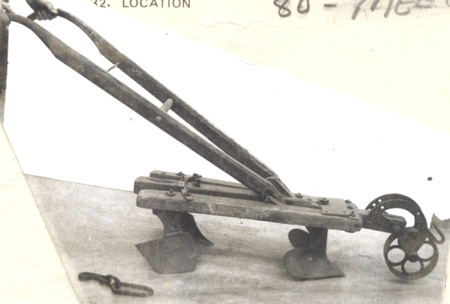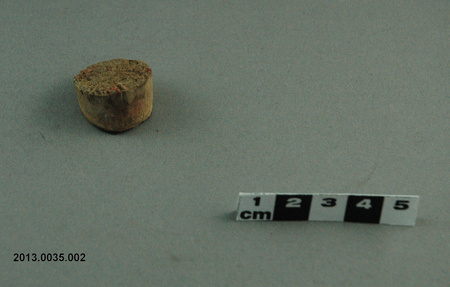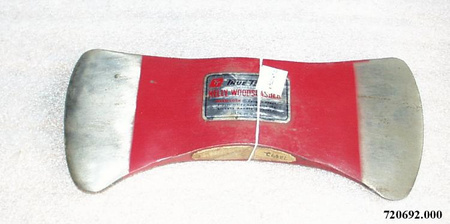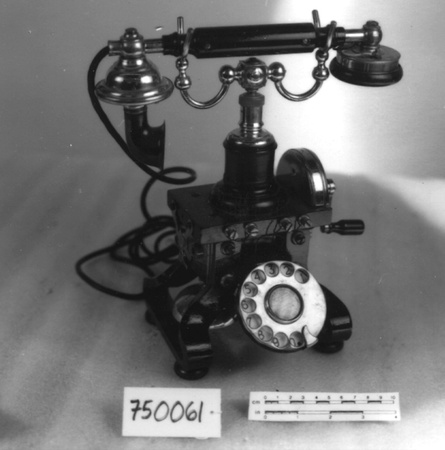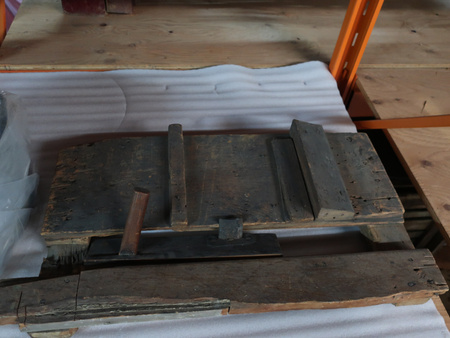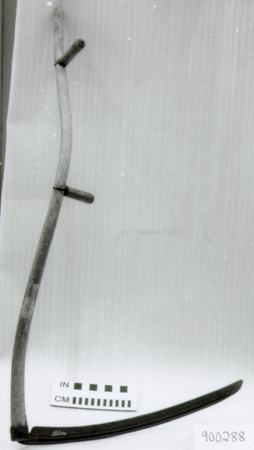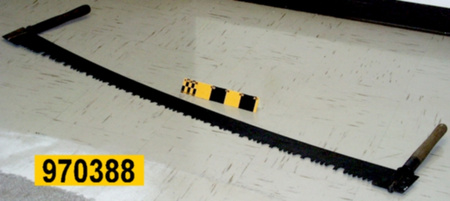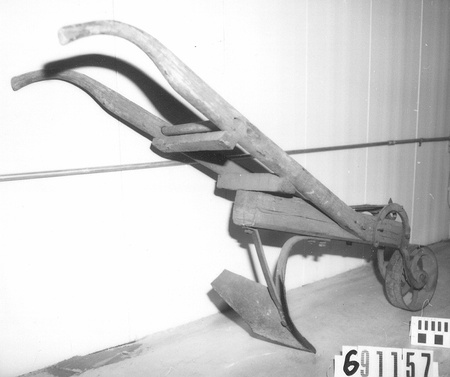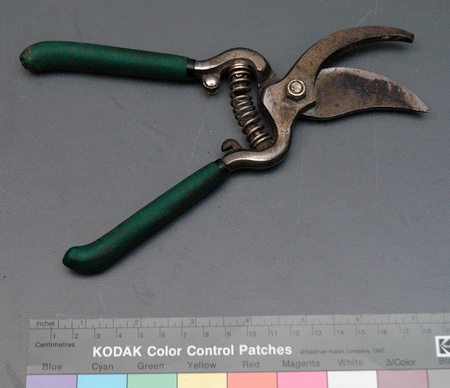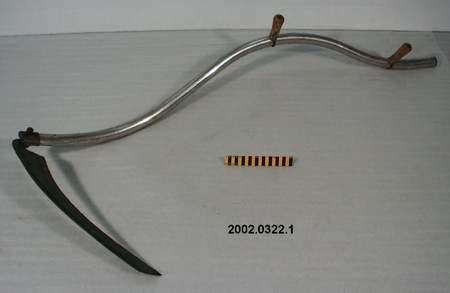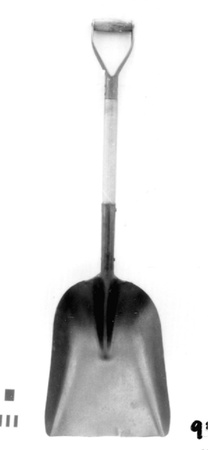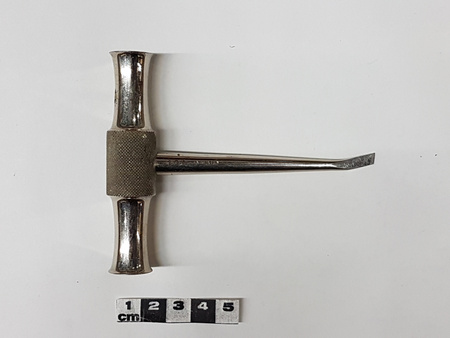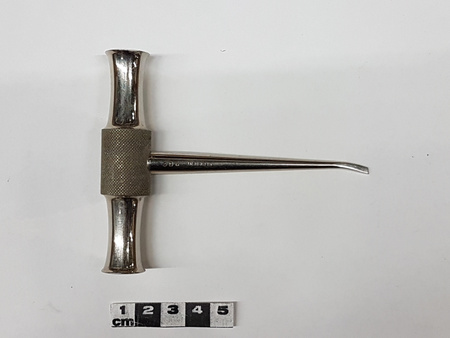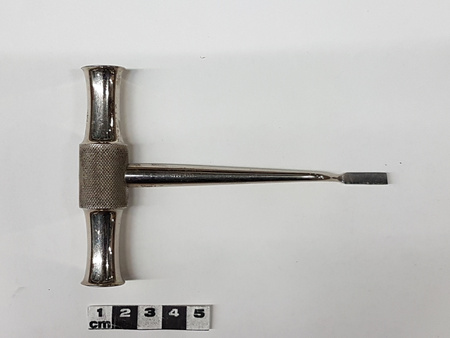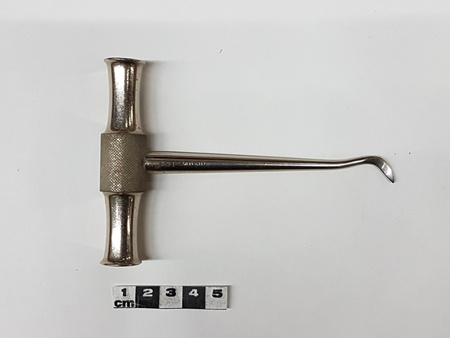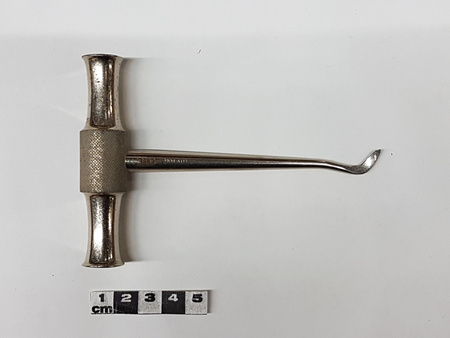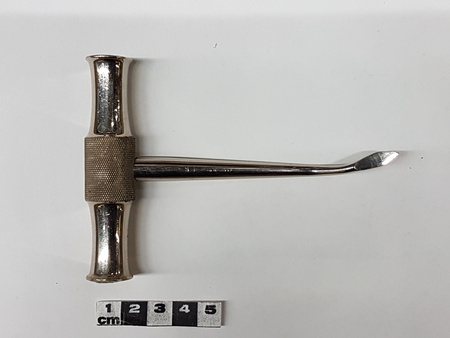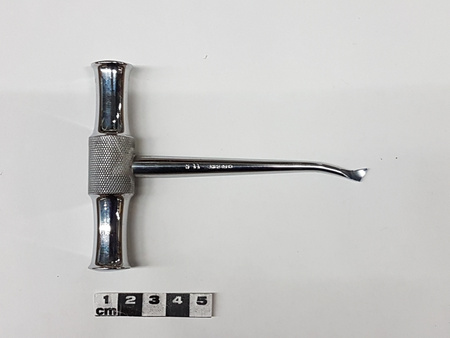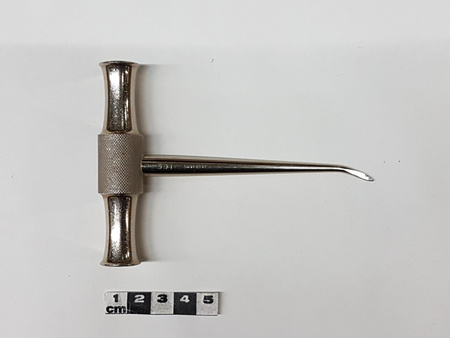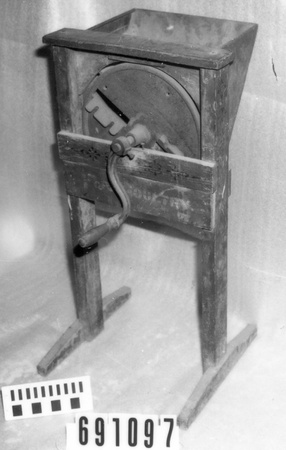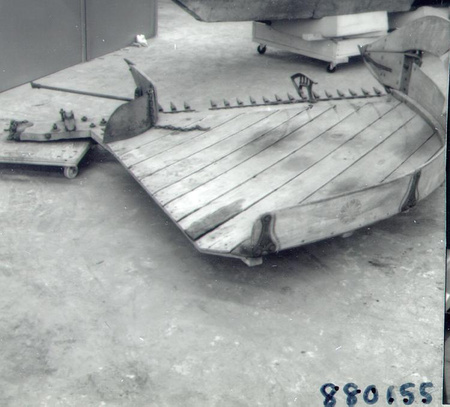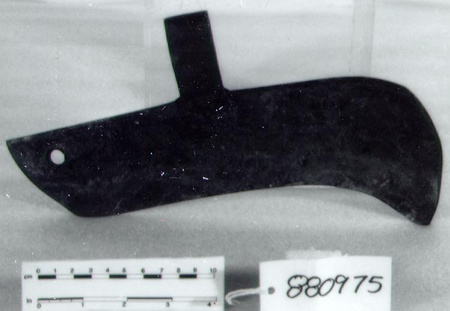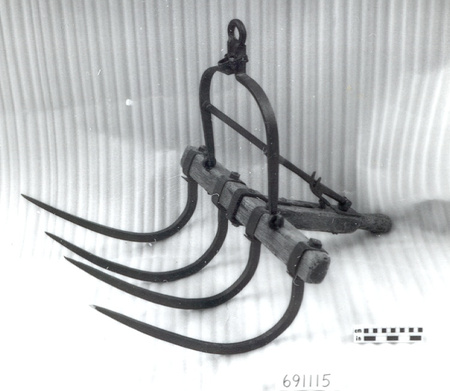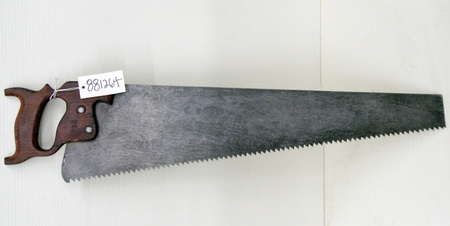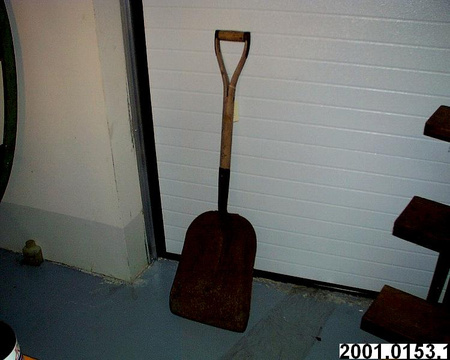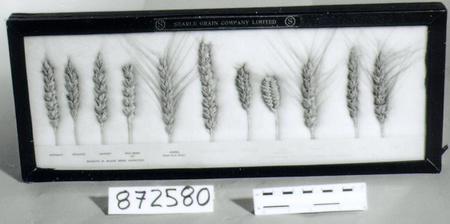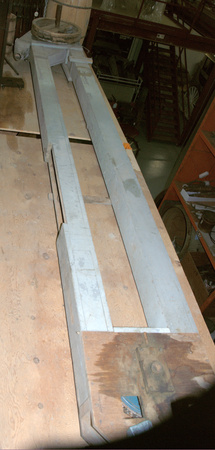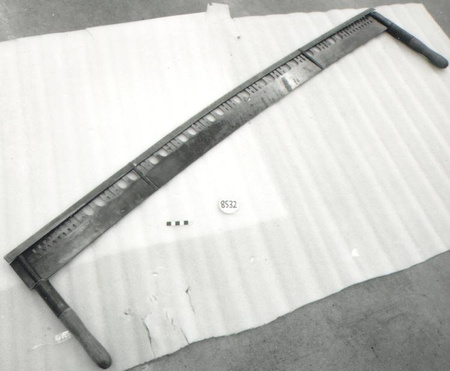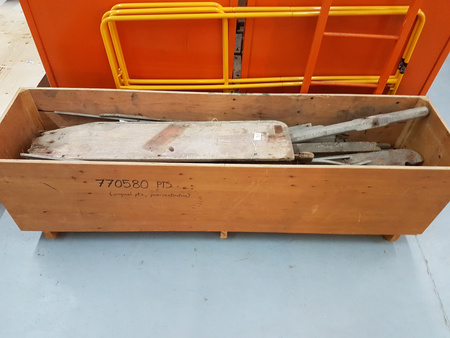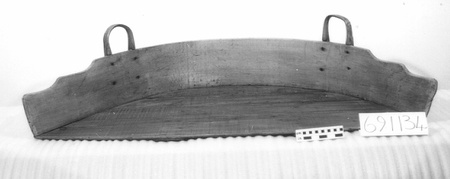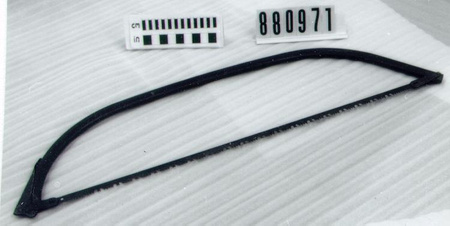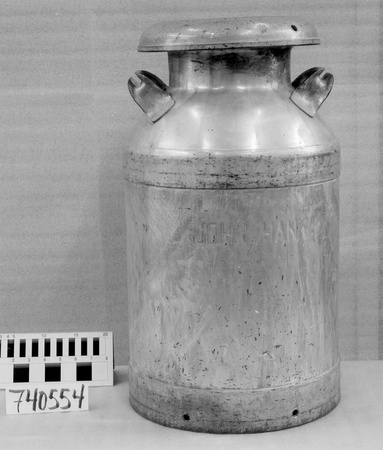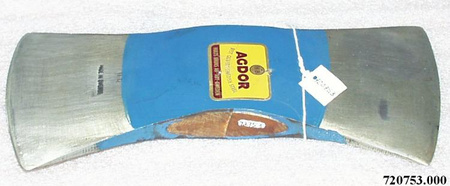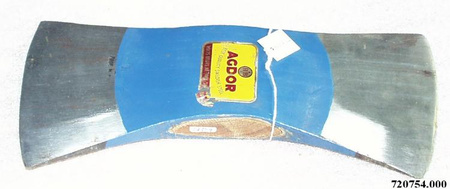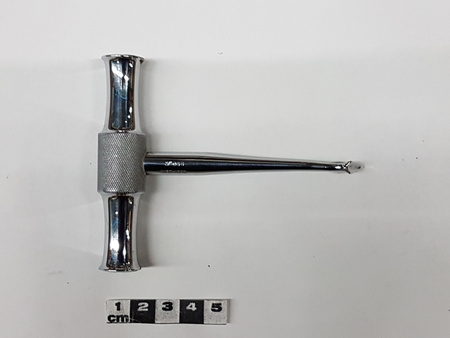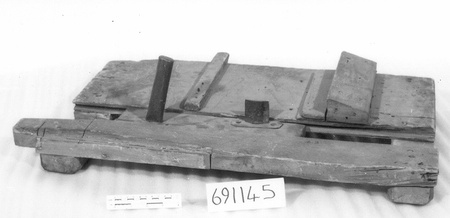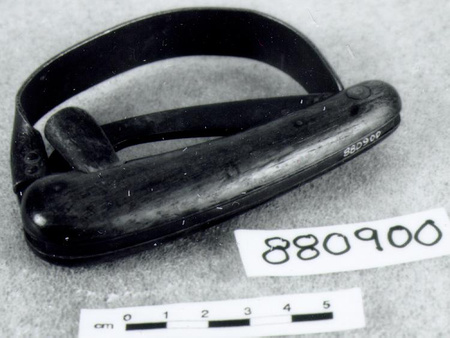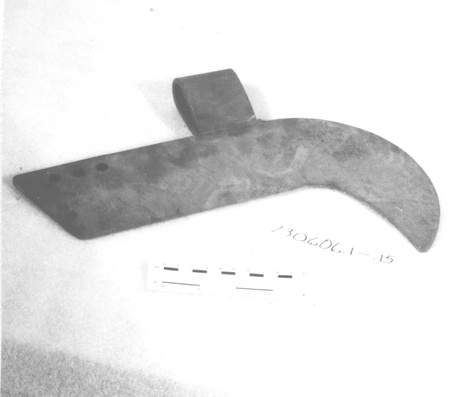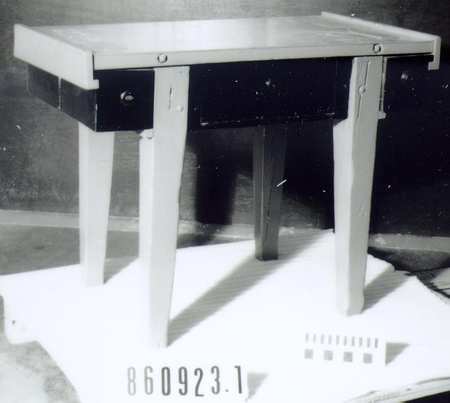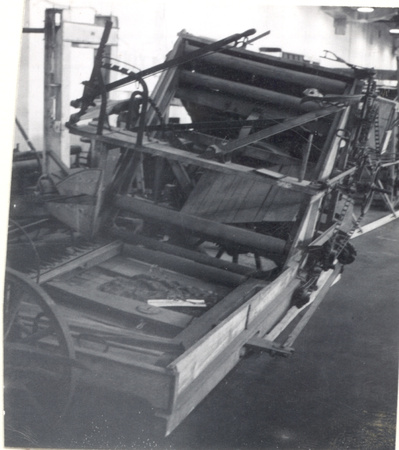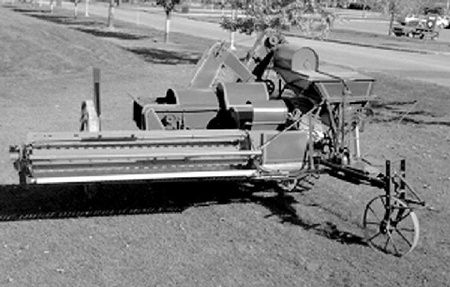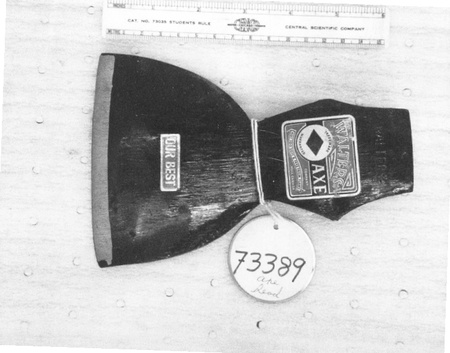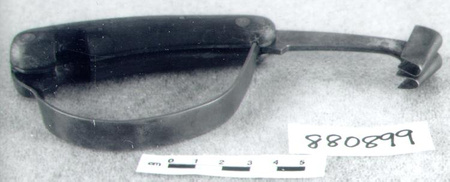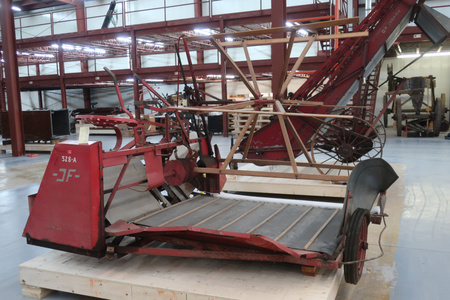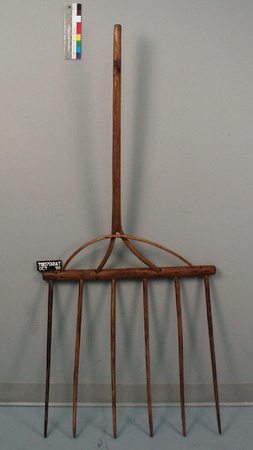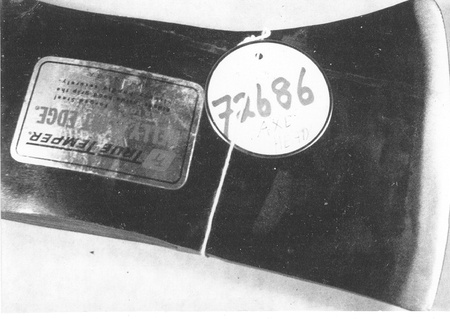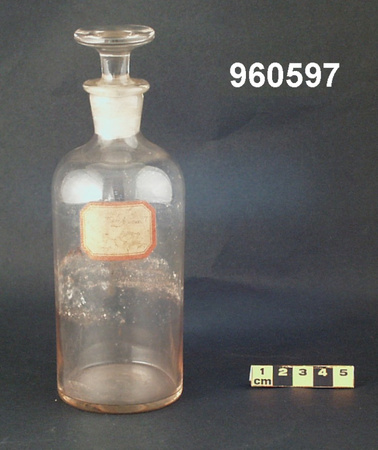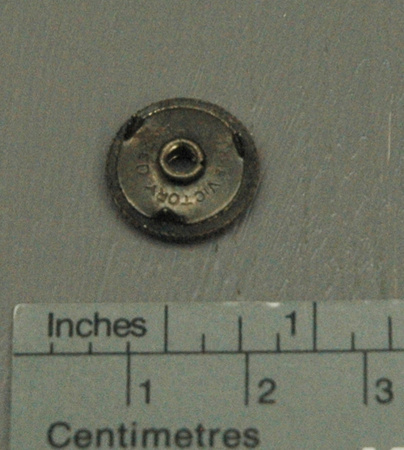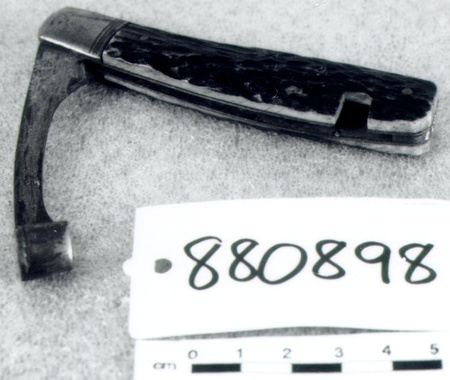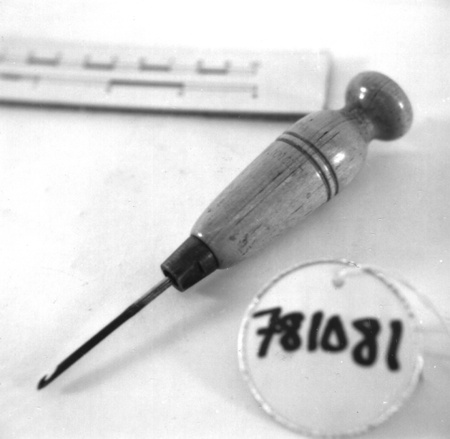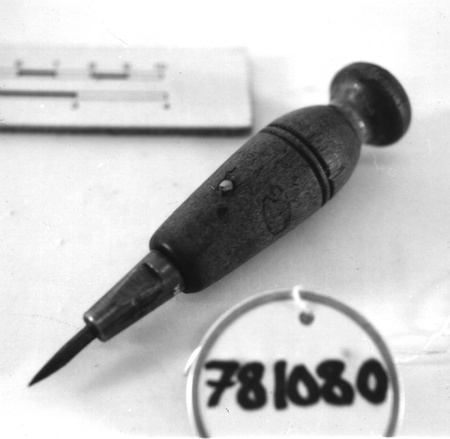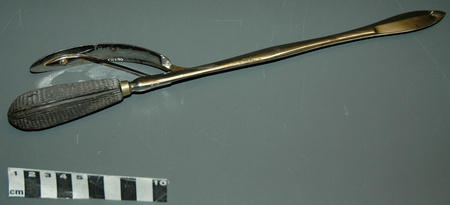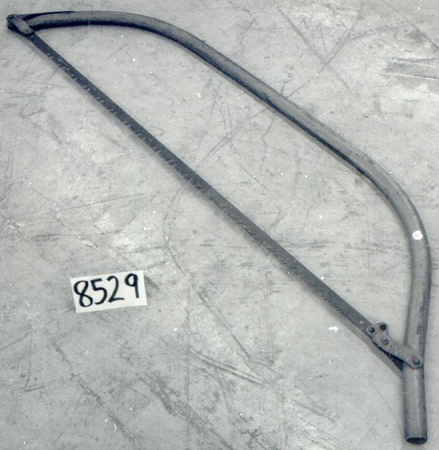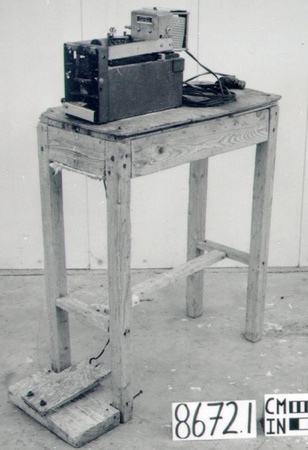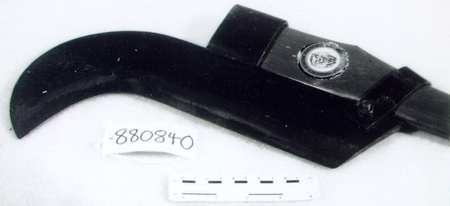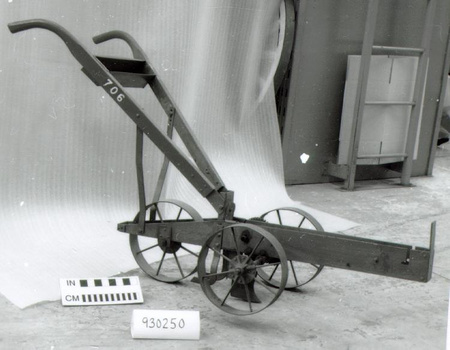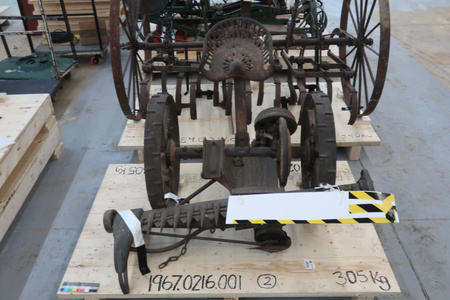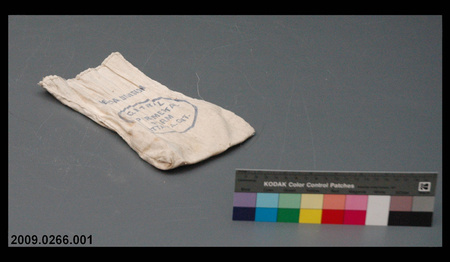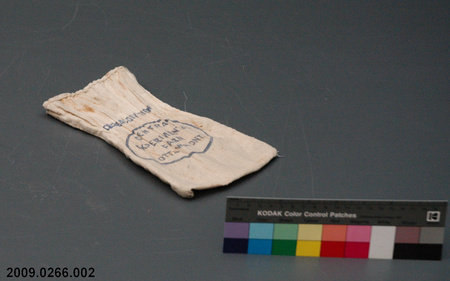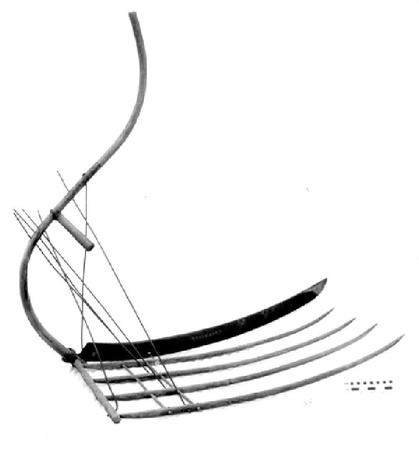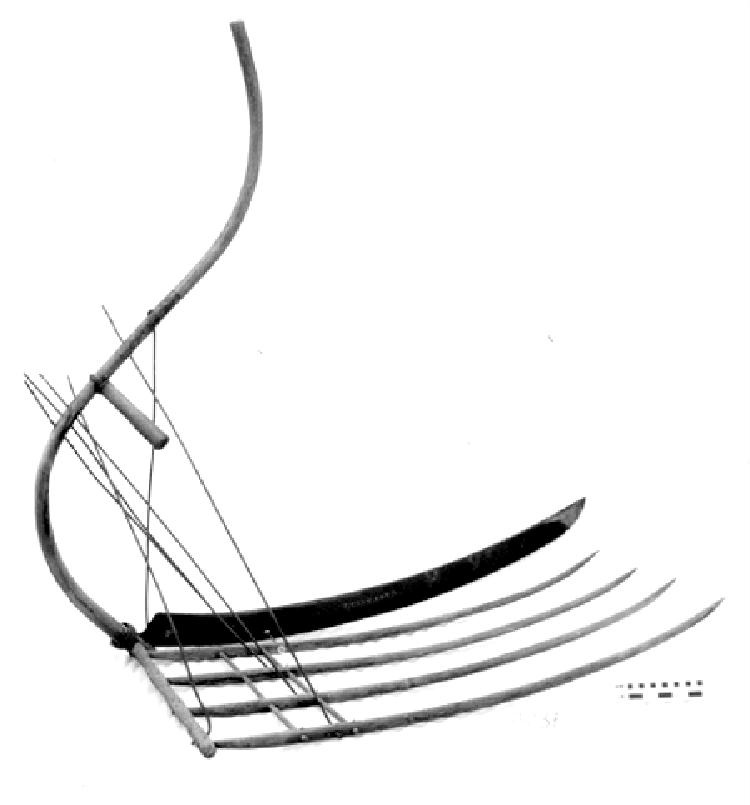Faux à étriche
Utiliser cette image
Puis-je réutiliser cette image sans autorisation? Oui
Les images sur le portail de la collection d’Ingenium ont la licence Creative Commons suivante :
Copyright Ingenium / CC BY-NC-ND (Attribution-NonCommercial 4.0 International (CC BY-NC 4.0)
ATTRIBUER CETTE IMAGE
Ingenium,
1975.0371.001
Permalien:
Ingenium diffuse cette image sous le cadre de licence Creative Commons et encourage son téléchargement et sa réutilisation à des fins non commerciales. Veuillez mentionner Ingenium et citer le numéro de l’artefact.
TÉLÉCHARGER L’IMAGEACHETER CETTE IMAGE
Cette image peut être utilisée gratuitement pour des fins non commerciales.
Pour un usage commercial, veuillez consulter nos frais de reproduction et communiquer avec nous pour acheter l’image.
- TYPE D’OBJET
- MANUAL
- DATE
- 1860–1900
- NUMÉRO DE L’ARTEFACT
- 1975.0371.001
- FABRICANT
- Inconnu
- MODÈLE
- Inconnu
- EMPLACEMENT
- Inconnu
Plus d’information
Renseignements généraux
- Nº de série
- S/O
- Nº de partie
- 1
- Nombre total de parties
- 1
- Ou
- S/O
- Brevets
- S/O
- Description générale
- STEEL BLADE/ WOOD FINGERS, HANDLE & HAND GRIP/ IRON BRACES & FITTINGS
Dimensions
Remarque : Cette information reflète la taille générale pour l’entreposage et ne représente pas nécessairement les véritables dimensions de l’objet.
- Longueur
- 121,0 cm
- Largeur
- 72,0 cm
- Hauteur
- 123,0 cm
- Épaisseur
- S/O
- Poids
- S/O
- Diamètre
- S/O
- Volume
- S/O
Lexique
- Groupe
- Agriculture
- Catégorie
- Manutention de récolte
- Sous-catégorie
- S/O
Fabricant
- Ou
- Inconnu
- Pays
- Inconnu
- État/province
- Inconnu
- Ville
- Inconnu
Contexte
- Pays
- Canada
- État/province
- Ontario
- Période
- Inconnu
- Canada
-
This cradle grain may have been used on the Central Experimental Farm in Ottawa, the source of this object. If that is the case, which further research is required to corroborate, then it may have been used to reap test plots of grains such as wheat and oats. - Fonction
-
A scythe is typically used to cut standing grain crops such as wheat and oats, but can also be used to mow hay. When the scythe is swept through the standing grain, the grain falls onto the cradle. Completing the arc of the cut, the reaper then tilts the cradle and allows the grain to fall into a neat pile, where it can then be gathered into sheaves. - Technique
-
The cradle scythe enabled the reaper to maintain an upright stance while harvesting grain, as opposed to the sickle, which required the reaper to stoop down to cut the standing grain. - Notes sur la région
-
Inconnu
Détails
- Marques
- MARKINGS ON BLADE INCLUDE 'CAST STEEL' STENCILLED INBEIGE PAINT, & '96 H' BRUSH STROKED IN BEIGEPAINT/ REMNANTS OF PAPER LABELS (ILLEGIBLE) ON BLADE & ON HANDLE
- Manque
- From CA of 07/29/1997 by Kevin Machan: No - Artifact appears complete.
- Fini
- BLADE METAL PAINTED DARK TEAL BLUE (EXCEPT FOR SHARPENED EDGE)/ FINGERS, HANDLE & GRIP WOOD UNFINISHED/ BRACES & FITTINGS METAL UNFINISHED
- Décoration
- S/O
FAIRE RÉFÉRENCE À CET OBJET
Si vous souhaitez publier de l’information sur cet objet de collection, veuillez indiquer ce qui suit :
Fabricant inconnu, Faux à étriche, entre 1860–1900, Numéro de l'artefact 1975.0371, Ingenium - Musées des sciences et de l'innovation du Canada, http://collection.ingenium.ca/fr/id/1975.0371.001/
RÉTROACTION
Envoyer une question ou un commentaire sur cet artefact.
Plus comme ceci
